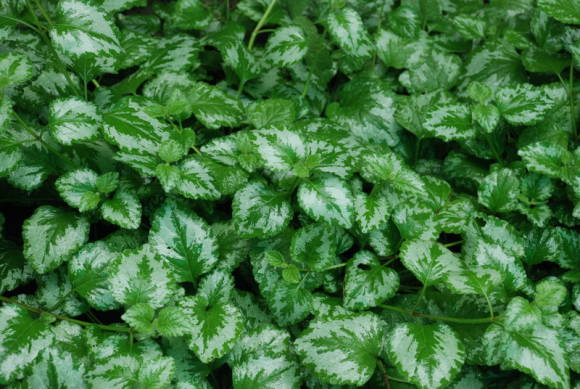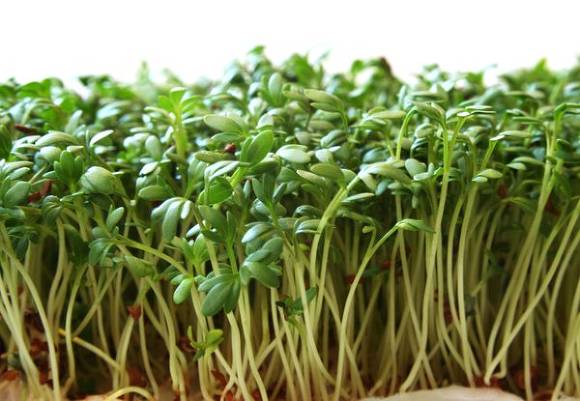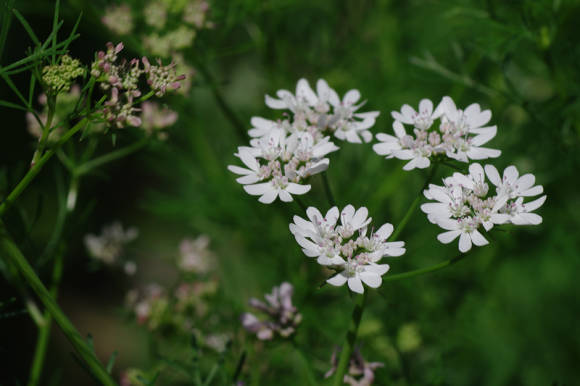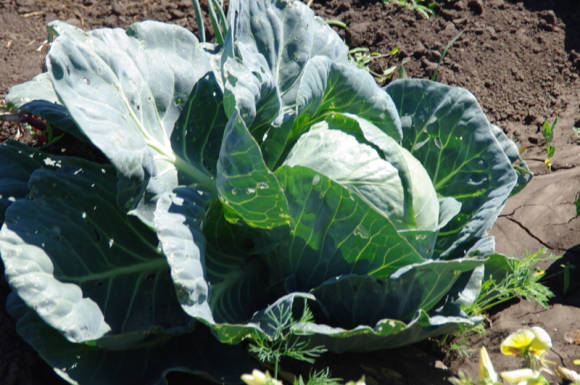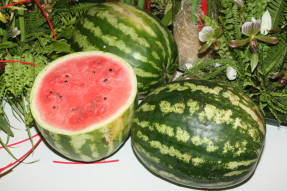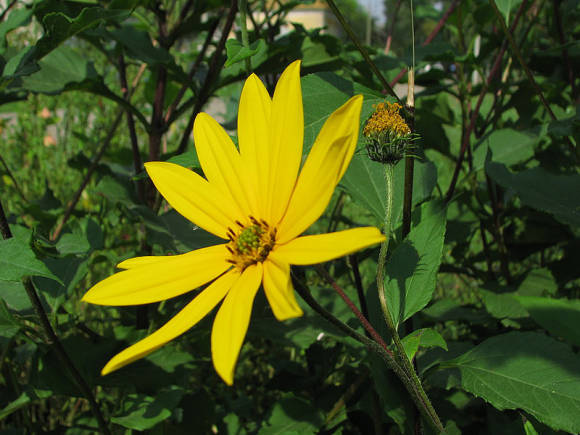The name of the plant comes from the Greek words ‘dimorphos’- two-shaped and’theke'- capacity, which is explained by the presence of an amazing property in its seeds - seeds of different shapes are formed on the same inflorescence. Moreover, when sowing both those and others, plants that look exactly the same in appearance grow.
 |
Of the 20 species of dimorphotek originating from South Africa, two natural species are used in floriculture, the dimorphoteca is notched (Dimorphoteca sinuata) and dimorphoteca rain(Dimorphotheca pluvialis), and hybrid(Dimorphoteca x hybrida), which includes hybrids and varieties obtained on their basis. By crossing both species and further selection, varieties with golden yellow, salmon and white inflorescences were obtained. Tetraploid dimorphotes are especially beautiful.
Dimorphoteca are flowering plants with erect or ascending stems up to 40-50 cm high. Leaves are narrow, serrated or pinnate, sometimes pubescent, alternate or collected in a basal rosette.
 |
Dimorphoteca flower - apical single basket 7–8 cm in diameter on a long, strong peduncle, with glossy ligulate flowers - yellow, orange, white or burgundy, and a velvety tubular center - dark, yellow or purple.
The lifespan of an individual inflorescence lasts no more than 4–5 days, but new buds appear in place of the wilted ones, providing the plant with abundant flowering for 1.5–2 months from mid-June to September.
Dimorphoteka inflorescences open only during the day in sunny weather. They are usually closed at night and during the day in wet and cloudy weather. This adaptation was developed in plants in the course of evolution to protect pollen from moisture. In dry weather, the inflorescences open in the early morning and close at 16-17 hours.
Growing
Dimorfotecs are light and heat-loving plants. Therefore, a sunny place is chosen for them, the southern slopes are best suited. In nature, dimorphoteka grows on loose soil, mainly consisting of crushed stone, where moisture accumulates at a depth, therefore its roots are very long, pivotal, fibrous at the end, capable of absorbing moisture from the depth of the soil.
In fertilized areas, plants develop powerful bushes, but bloom weakly. They do not tolerate excess soil and air moisture. In a cold rainy summer, they develop poorly.
To prolong flowering and preserve decorativeness, it is recommended to regularly remove withered baskets. This promotes the formation of new buds and improves the appearance of the plants.
 |
Reproduction
The plant propagates by seeds, which are harvested at the end of summer in several steps, since the baskets ripen unevenly and the seeds fall off easily. Self-seeding is often observed. To preserve the decorativeness of the variety, early flowering large-flowered specimens are chosen for reproduction.
You can sow dimorphoteka directly into the ground at the end of April, but if you want to start flowering in June, you need to grow seedlings in pots.
To obtain seedlings, you can sow dimorphoteka seeds in early April in a small cold greenhouse under a film. Seeds germinate within 2–3 weeks at a temperature of about + 15 ° C. Plants dive into small plastic containers when they have two true leaves.
You can sow seeds and immediately into cups on the windowsill. When shoots appear, you need to transfer the plants to a cool room (+ 10 + 15 ° C) so that the shoots do not stretch out.
It is necessary to transplant dimorphoteka seedlings to a permanent place very carefully, transferring them together with an earthen lump, trying not to damage the roots. Plant transplantation is poorly tolerated, damaged roots recover for a long time.
In the open field, the plants are thinned out, leaving a distance of 10-15 cm between them.In greenhouses, due to a weak root system, seedlings try not to transplant or dive; it is better to grow them at once in 3 pieces in separate peat pots. Seedlings are transferred to the ground in June. When growing dimorphoteka from seeds, it will bloom 2 months after sowing.
The seeds ripen slowly and easily fall out of the baskets, they must be collected in several stages. Unripe baskets ripen easily at room temperature. So that the variety does not lose its decorative qualities, it is necessary to collect seeds only from early-flowering large-flowered specimens.
Use in the garden
"Universal" dimorphoteka can be an adornment of any flower garden. It is good both in group plantings and in combination with other plants. For example, arctotis, ursinia, venidium, acroclinum (helipterum). Dimorphoteka is planted on all types of flower beds. Even with the flowers closed in cloudy weather, it looks quite decorative. Flowering lasts all summer. Low-growing varieties are very good in curbs, gradually expanding, they form green clumps along the paths. In rocky gardens, a drought-resistant, non-capricious dimorphote will also be in place. There it is better to plant it next to the same drought-resistant plants, separating it from more moisture-loving plants. Dimorfoteka is ideal for a Moorish lawn. Its inflorescences can be used for cutting. "Ural gardener", No. 3, 2015


